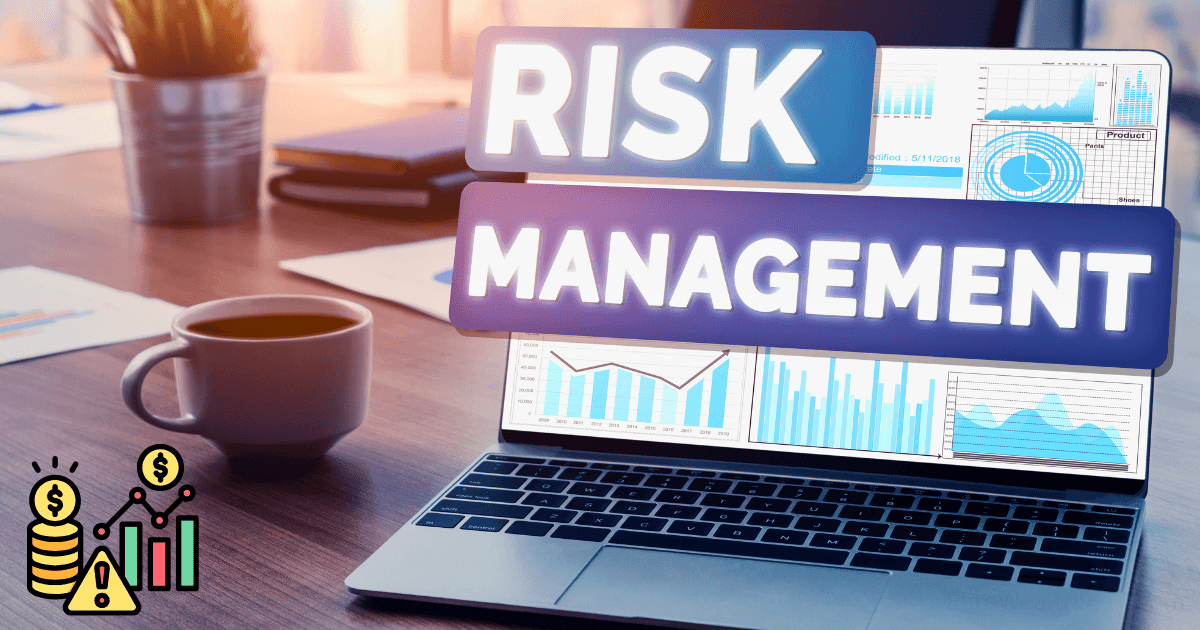Investment Risk Management Framework: How to Invest Aggressively Without Losing Sleep

In the pursuit of wealth building, the age-old wisdom remains true: higher rewards typically come with higher risks. But what if you could maintain an aggressive investment strategy without the anxiety that often accompanies it? As someone who’s navigated these waters, I can tell you it’s absolutely possible—with the right framework in place.
The Psychology Behind Risk Management
Before diving into strategies, let’s address the elephant in the room: our emotional relationship with risk. According to a recent study by the Financial Planning Association, nearly 68% of investors claim to have a higher risk tolerance than their actual behavior demonstrates. This cognitive dissonance leads to poor decision-making, especially during market downturns.
When the S&P 500 plummeted from 3,380 to 2,304 in just one month during the early pandemic, many self-proclaimed “aggressive investors” panicked and sold at the bottom—the exact opposite of what a true aggressive strategy demands.
The first step in our framework is therefore psychological: understand your authentic risk tolerance, not your aspirational one.
The 3-Tier Risk Management Framework for Aggressive Investors
Tier 1: Strategic Asset Allocation with Asymmetric Risk Profiles
Aggressive doesn’t mean reckless. The most sophisticated investors maintain aggressive postures by seeking asymmetric risk-reward opportunities—positions where potential gains significantly outweigh potential losses.
For 2025, this means:
- 80-100% allocation to equities (compared to the traditional 60/40 portfolio)
- Strategic overweighting in sectors with strong secular growth trends
- Calculated exposure to alternative investments like private equity, venture capital, and select cryptocurrencies
According to TSG Investment Solutions, truly aggressive portfolios typically maintain 80-100% equity exposure, but the key difference between successful and unsuccessful aggressive investors lies in their diversification approach within that high equity allocation.
Tier 2: Systematic Rebalancing and Position Sizing
The second tier of our framework focuses on position management:
The 5% Rule
Never allow a single position to exceed 5% of your portfolio (except broad-based index funds). This simple rule prevents catastrophic losses while still allowing for significant upside.
Threshold-Based Rebalancing
Rather than calendar-based rebalancing, implement a threshold-based approach that triggers when allocations drift by 3-5%. This maintains your risk profile while capitalizing on momentum.
The Kelly Criterion
For those comfortable with mathematical approaches, the Kelly Criterion offers a formula for optimal position sizing based on win probability and win/loss ratio. This approach, used by professional gamblers and top hedge funds alike, helps determine how aggressive you should be with each position.
As noted by Counterpoint Funds, systematic processes allow investors to focus less on predicting market movements and more on maintaining favorable long-term risk-adjusted returns.
Tier 3: Psychological Safeguards and Automation
The final tier addresses the greatest risk to aggressive investors: themselves.
The Sleep-at-Night Allocation
Carve out 10-15% of your portfolio for ultra-safe investments. This psychological safety net allows you to be more aggressive with the remaining 85-90%.
Automated Decision Rules
Create pre-determined rules for buying, selling, and rebalancing—and automate them when possible. This removes emotional decision-making during market extremes.
The 72-Hour Rule
For any major portfolio decision not covered by your automated rules, implement a mandatory 72-hour waiting period. This cooling-off period prevents reactive decisions during market volatility.
Implementing Your Framework in Today’s Market
With interest rates projected to remain elevated through mid-2025 and BlackRock predicting continued market volatility, implementing this framework becomes even more critical.
Step 1: Risk Profile Assessment
Begin by honestly assessing your true risk tolerance. Consider factors beyond just your age and time horizon:
- Your financial security (emergency fund, stable income)
- Your investment knowledge and experience
- Your psychological response to previous market downturns
- Your specific financial goals and their timelines
Step 2: Portfolio Construction
With your authentic risk profile established, construct your aggressive portfolio following the 3-tier framework:
- Core Allocation (70-80%): High-conviction equities and equity funds aligned with long-term secular trends
- Opportunistic Allocation (10-20%): Higher-risk, higher-reward opportunities with asymmetric risk profiles
- Safety Allocation (10-15%): Capital preservation investments that allow you to sleep at night
Step 3: Systematic Management
Implement your management system with clear rules for:
- Entry and exit points for positions
- Rebalancing thresholds
- Position size limits
- Drawdown responses
According to Primior’s 2025 Guide, 52% of risk managers view a formal risk appetite framework as crucial for effective management—yet most individual investors lack one entirely.
The Technology Advantage
Modern investors have unprecedented access to tools that can enhance risk management. Over 52% of financial professionals now use AI for risk modeling according to FIS Global.
Consider leveraging:
- Robo-advisors for automated rebalancing and tax-loss harvesting
- Risk analysis software to identify hidden correlations in your portfolio
- Scenario analysis tools to stress-test your portfolio against historical and hypothetical market conditions
The Bottom Line
Aggressive investing doesn’t have to mean sleepless nights. By implementing a structured risk management framework, you can pursue ambitious returns while maintaining peace of mind. The key lies not in avoiding risk, but in understanding, quantifying, and systematically managing it.
Remember: the most successful aggressive investors aren’t those who take the biggest risks—they’re the ones who most effectively manage the risks they take.
What risk management strategies have worked best for your aggressive investments? Share your experiences in the comments below.







